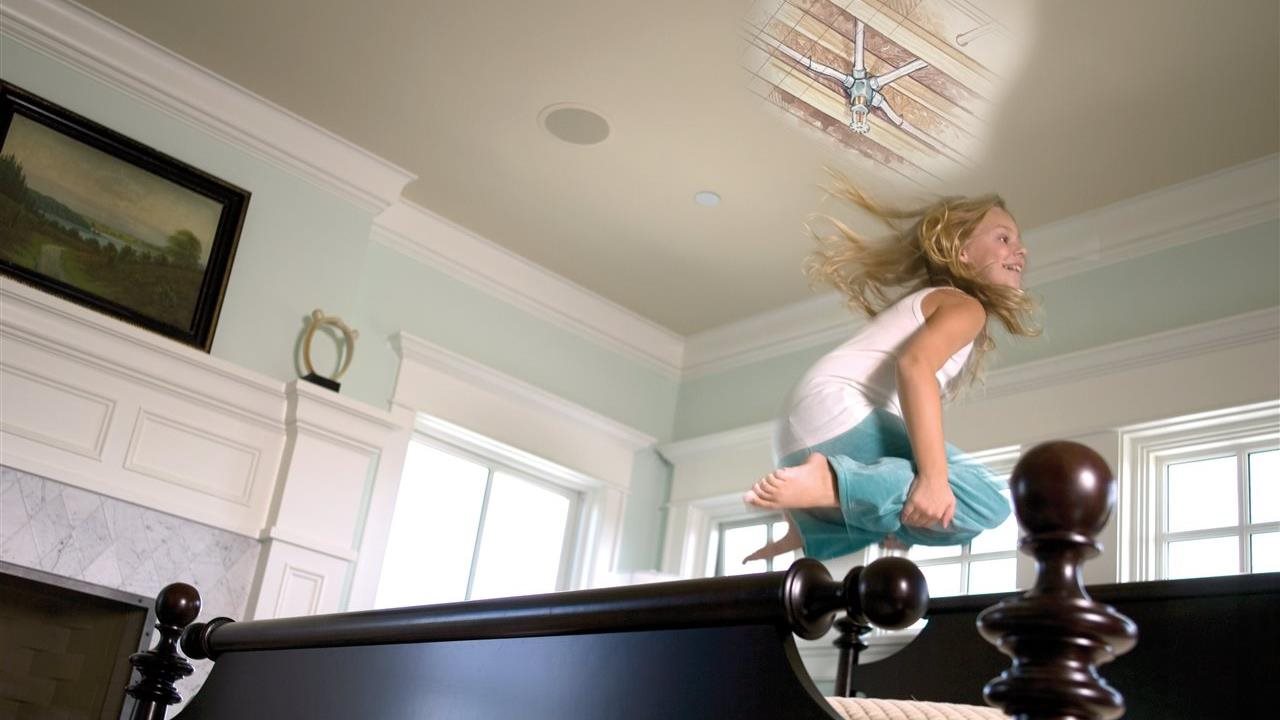
(BPT) – Do you work from home? Did you know home fires can become deadly in just minutes? Your work building probably has a fire sprinkler system to help people escape safely and contain fires, but many residential homes do not have this important, life-saving feature.
This is even more concerning when you consider the numerous ways the American home is evolving. Not only are more people working remotely and therefore spending more time at home, but multigenerational households are increasing, meaning younger and older people who are more at risk during a fire are all living together.
What’s more, today’s homes feature open-concept designs and furnishings made from synthetic materials, which can be highly flammable. A fire can become deadly in less than two minutes, according to the Home Fire Sprinkler Coalition (HFSC), and synthetic materials burn quickly and produce deadly, poisonous smoke.
If you have smoke alarms and are working from home along with your family, only having two minutes to evacuate your home when you hear the alarm is challenging. This is made even more difficult if small children, elderly adults, and pets are in the home.
Smoke detectors versus fire sprinklers
Smoke detectors help save lives by producing an alarm when they sense smoke. These are an essential part of any home, and local building codes require them in every bedroom and living space. Smoke detectors are an important safety feature that help alert you to any type of smoke, whether that be overcooking something in the oven or an accidental home fire.
Fire sprinklers also help save lives but are different and provide a deeper level of protection from potentially deadly home fires. Unlike smoke detectors, fire sprinklers activate only when the surrounding temperatures reach a certain level, plus only the sprinkler closest to the fire will activate. Fire sprinklers are designed to contain the fire and limit the smoke produced, which allows occupants time to escape.
A fire sprinkler system can also help limit the damage from a fire. A home fire sprinkler flows 10-26 gallons of water per minute, according to HFSC, and the property loss in a sprinklered home fire is a small fraction of the typical loss in a home without sprinklers.
Adding a fire sprinkler to an existing home
Adding a fire sprinkler to a new home is as easy as asking your builder. However, if you live in an existing home, there are retrofit options. One that is gaining attention among homeowners for its flexibility is Uponor AquaSAFE™. This system uses crosslinked polyethylene (PEX) pipe to combine the fire sprinkler system with the home’s cold-water plumbing system.
Rather than a traditional standalone system that uses CVPC piping with separate plumbing, AquaSAFE systems require roughly half the fittings and connections. This means less time, less construction, and less cost. In a multipurpose AquaSAFE system, the sprinkler head is just another water-supply outlet, like a faucet or showerhead, which connects with the cold-water plumbing system to access fresh water. The benefit: As long as your home’s plumbing is functioning, you know the fire safety system is as well.
Flexible PEX piping makes it easier for contractors to install these systems into existing walls and ceilings, so there’s minimal impact to the home’s aesthetic and maximum protection from fires. Learn more at uponor.com.
Invest in safety features
